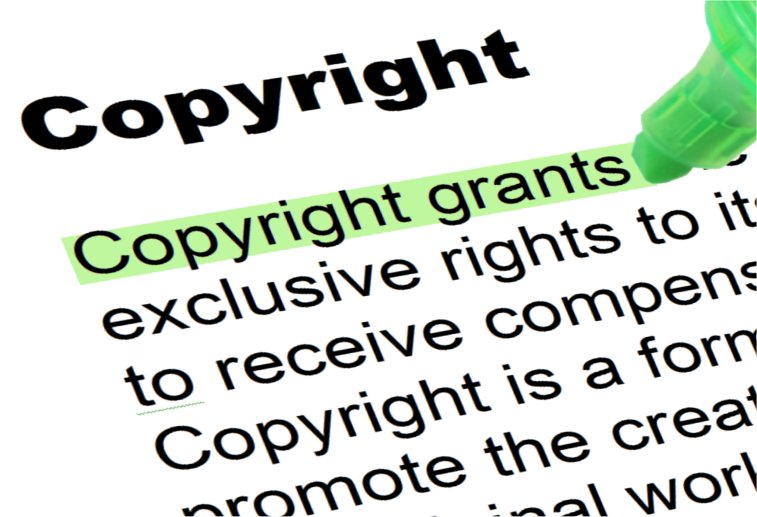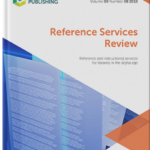 Much has been written about the convoluted history of US copyright law.
Much has been written about the convoluted history of US copyright law.
A constitutional clause originally intended to “promote the progress of science and useful arts” by providing limited protection has since been interpreted and extended in such a way that it once seemed like some works (most famously Mickey Mouse) might remain under copyright forever.
In recent years there has been a major divide between pre-1923 works which are in the public domain, free to be reused and remixed however you see fit, and those published after that year which retain their copyright.
If it seems like it’s been a long time since any new works entered the public domain, your instinct is correct.
The public domain has essentially been “frozen in time” for 20 years thanks to the Sonny Bono Copyright Term Extension Act of 1998 which prolonged the years of protection.
The result “shortchanged a generation,” according to Brewster Kahle, founder of the Internet Archive. “The 20th century is largely missing from the internet” he says.
A Yearly “Freeing” from Copyright to the Public Domain
January 1, 2019 was the big day when the public domain returned to US culture, and works that were “freed” included texts by Edith Wharton, Virginia Woolf, and Robert Frost, as well as films by Charlie Chaplin and Buster Keaton.
There will be a similar freeing of works from 1924 at the beginning of 2020, and every year after that, barring some new restrictive legislation.
But this is still fairly slow going, as millions upon millions of works no longer commercially viable are still languishing in limbo for decades.
How Many Works Are Already Public Domain without Anyone Knowing?
“Orphan works” is a term that refers to works still under copyright but whose owner cannot be identified or contacted, which means there is no way to reuse or digitize them without risking major copyright infringement penalties.
Perhaps even more significant than this gradual yearly “freeing” is the recent discovery that massive numbers of books published during the middle parts of the 20th century are already in the public domain.
The reason has to do with yet another layer of legal details.
More Complexities of US Copyright Law
Before 1964, books were only given a 28-year term at publication, and copyright holders had to submitting a separate form to extend the date past that point.
Many of them did not, so millions of books secretly entered the public domain.
Up until now, there hasn’t been a great way to determine which titles had lapsed.
Renewal records have been digitized so it was possible to identify books that did renew their copyright, but it was more difficult to say with certainty that a book was never renewed.
But recently the New York Public Library took on a major initiative to convert these records to XML and automate the verification process to identify books that have “secretly” entered the public domain.
And so far, the findings have been staggering: some 80% of books published from the 1920s up until 1964 are in the public domain and have been for years.
Since these books are free to be digitized and reused in any manner, librarians all around the world as well as volunteers at organizations like Project Gutenberg are working quickly to locate a copy of the book, scan it, proof it, and release the text in a variety of formats.
There’s even a website called Secretly Public Domain that links to books recently discovered to be in the public domain and digitized. The kicker: it’s a bot automatically sharing the books that have been scanned for Hathi Trust.
Recent releases have included “Trans-Atlantic passenger ships, past and present” (1947), “Homer in English criticism; the historical approach in the eighteenth century” (1947) and “‘Sister’; the war diary of a nurse” (1927). Happy public domain reading!




Leave a Reply